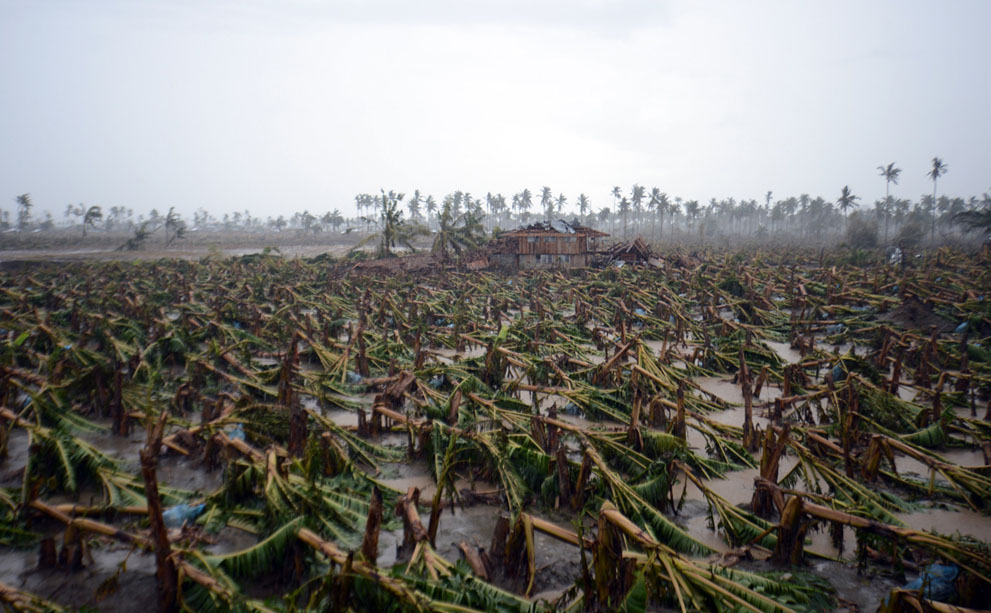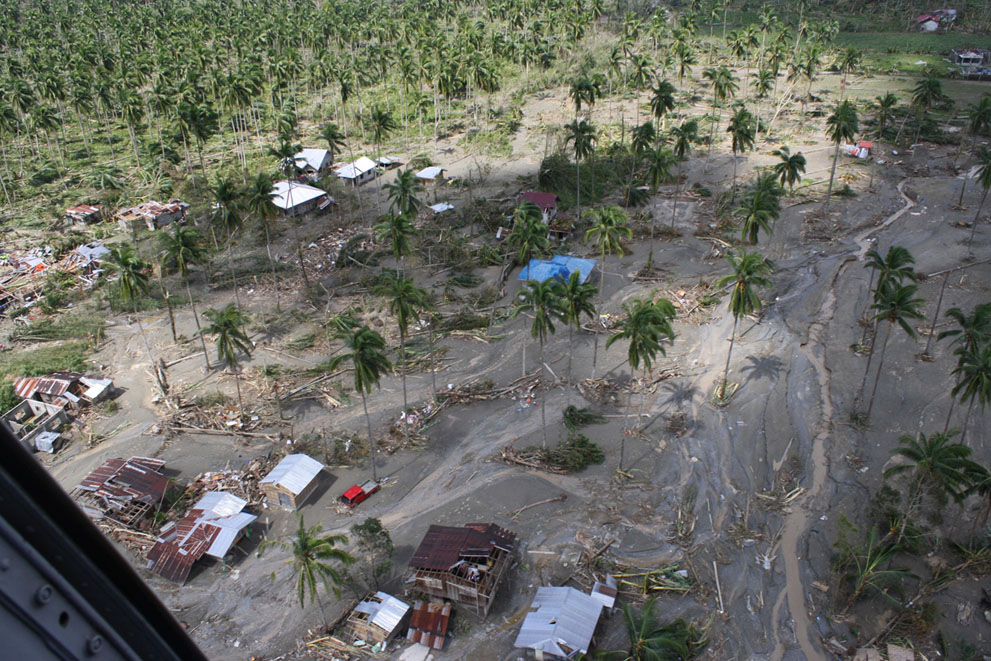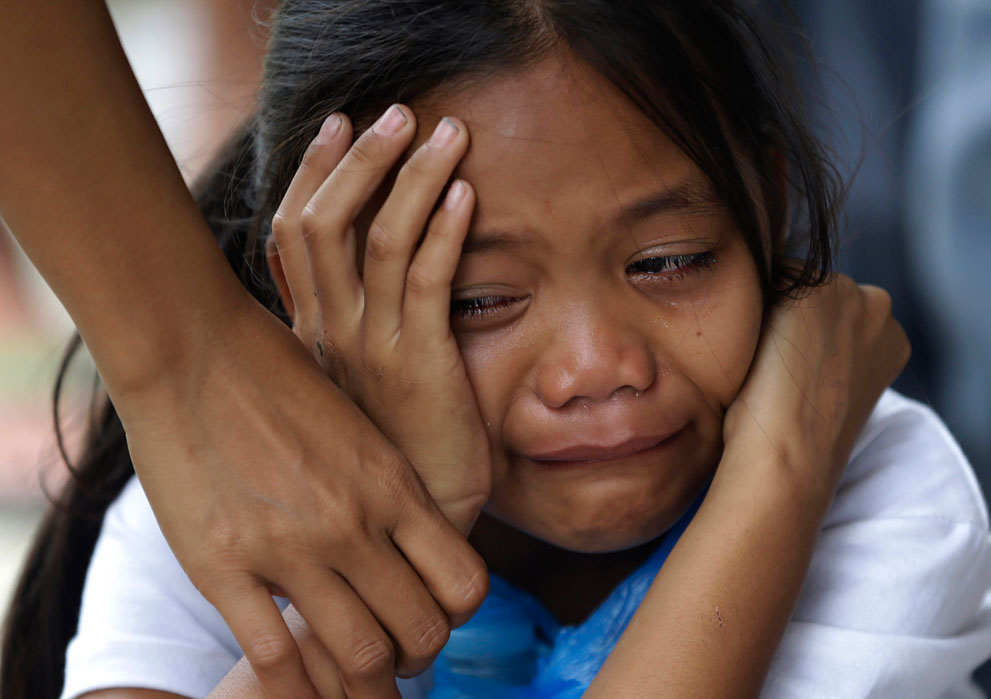On the 4th of December 2012, Typhoon Bopha unfortunately struck the Philippines. It's the strongest tropical cyclone to ever hit the island of Mindanao with winds of over 260km per hour. Coastal villages had been demolished, banana plantations were out of the picture and landslides along with flooding have been caused. It's the most destructive typhoon yet in the Philippines because of the weather conditions it was formed by and it's said to be the deadliest storm of 2012.
Weather Conditions
The Lead Up:
Before Typhoon Bopha made its move, the movement of air was poor, there was moderate wind shear and restricted outflow. During the development of the typhoon, it was first an unorganised mess of thunderstorms and soon had closed wind circulation around the center followed by sustained winds.
Before Typhoon Bopha made its move, the movement of air was poor, there was moderate wind shear and restricted outflow. During the development of the typhoon, it was first an unorganised mess of thunderstorms and soon had closed wind circulation around the center followed by sustained winds.
The Event:
During the typhoon, the storm had maximum sustained winds exceeding over 150kph and a gust up to 250kph. There was constantly heavy rainfall causing severe flooding and landslides, plus there was regularly a storm surge and rough surf. Warm ocean waters and relatively low wind shear always made the typhoon remain powerful, fortunately the ocean water went a little cooler over some days.
Mary Chris Limbwasan was one of the survivors of this disaster. "The typhoon was very strong." She says. “I was carrying my child and the wind almost blew us. The flood almost swept us. Fortunately, someone pulled us to safety. If no one had held us, the wind and waters would have definitely taken us both."
During the typhoon, the storm had maximum sustained winds exceeding over 150kph and a gust up to 250kph. There was constantly heavy rainfall causing severe flooding and landslides, plus there was regularly a storm surge and rough surf. Warm ocean waters and relatively low wind shear always made the typhoon remain powerful, fortunately the ocean water went a little cooler over some days.
Mary Chris Limbwasan was one of the survivors of this disaster. "The typhoon was very strong." She says. “I was carrying my child and the wind almost blew us. The flood almost swept us. Fortunately, someone pulled us to safety. If no one had held us, the wind and waters would have definitely taken us both."
Damage Caused
Typhoon Bopha effected numerous lives and futures for the Philippines. It effected more than 6 million people and more than 1,000 deaths. Thousands of families still struggled to rebuild their lives after a month. It caused severe damage to property and infrastructure, which lead to around 27,000 people remaining in evacuation centres and with many sheltering at friends and families. Entire villages was wiped out by the storm and even when the typhoon stopped, floods and landslides continued the destruction.
Long Term Effects
Long terms effects were expected as well. Many banana and coconut plantations damaged or toppled over and it was estimated it would take 7 to 10 years to replace them. Income had been completely removed forcing people being jobless and 1 million workers had been affected by the storm. Also, a large number of people were reliant on humanitarian aid as they had no means to support themselves.
An Australian aid worker, Catherine Gearing, is one of a number of Australian disaster management aid workers and had said:
"The clean-up and recovery from this disaster will be a major challenge. In the affected areas of Mindanao the typhoon has had a massive impact on agricultural production, decimating the plantations in the area that local people rely on. These crop losses will have a serious impact on the ability of survivors to recover and provide for their families in the months ahead." said Ms Gearing.
An Australian aid worker, Catherine Gearing, is one of a number of Australian disaster management aid workers and had said:
"The clean-up and recovery from this disaster will be a major challenge. In the affected areas of Mindanao the typhoon has had a massive impact on agricultural production, decimating the plantations in the area that local people rely on. These crop losses will have a serious impact on the ability of survivors to recover and provide for their families in the months ahead." said Ms Gearing.



 RSS Feed
RSS Feed